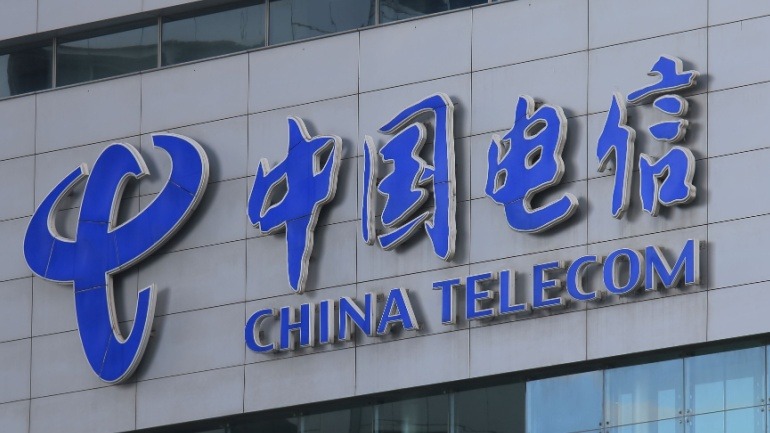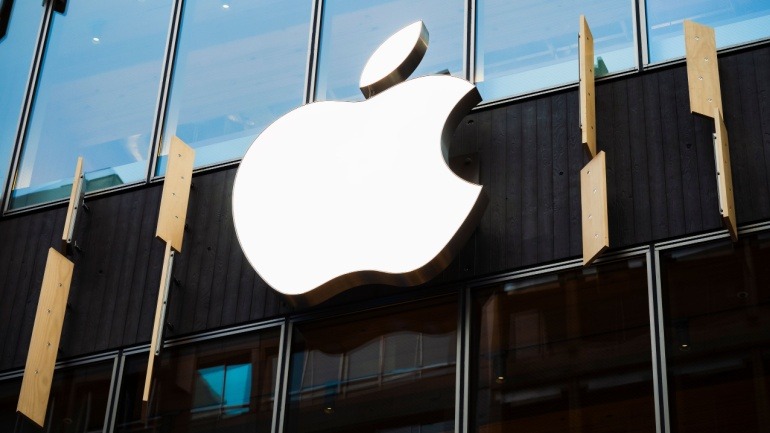At MWC Shanghai 2025, China Telecom and Huawei introduced Intelligent Ultra Pooling Uplink, a 5G Advanced innovation that boosts uplink speed, reduces delays, and improves coverage. Powered by AI, it enables seamless data transmission for smart devices, enhances energy efficiency, and supports real-time applications.
AI and mobile technologies are set to add $2 trillion to China’s economy by 2030, making up 8.3% of its GDP, according to the GSMA. Driven by 5G and AI integration across industries, especially manufacturing.
China Mobile, the largest mobile carrier globally, is set for significant 5G infrastructure expansion in 2025, aiming for 2.8 million base stations. With a surging 5G subscriber base, making up 55% of users, and rising financial performance, this move positions China Mobile as a leader in the mobile network industry.
ZTE Corporation, alongside China Mobile, launched innovative AI-driven 5G-A solutions at MWC 2025. These advancements in 5G-A technology, including ‘Communication-Sensing-Computing-Intelligence’ and ‘Ambient IoT,’ promise groundbreaking transformations in industrial applications.
China Unicom is spearheading an ambitious 5G-Advanced (5G-A) rollout, aiming to cover 300 cities by 2025. This substantial initiative highlights their commitment to network enhancement, offering blazing 5Gbps to 10Gbps speeds.
China Telecom announced the early completion of the 10,000-km Asia Direct Cable (ADC), the first new submarine link in the Asia-Pacific in over eight years. Developed by a consortium, ADC delivers over 160 Tbps capacity, easing congestion and enhancing cloud and data services.
DIDWW is expanding its Emergency Calling services to China, offering businesses reliable access to Public Safety Answering Points. This enhancement ensures seamless emergency connectivity, promoting safety, compliance, and trust.
Chinese engineers have developed technology to sever undersea communication cables, sparking concerns over potential sabotage. Patents for devices intended to cut cables, including one by Lishui University, suggest a cost-effective method for disruption.
The U.S. Department of Commerce has tightened restrictions on China’s access to advanced semiconductors critical for military and AI technologies. New rules target manufacturing equipment, high-bandwidth memory, and compliance measures while adding 140 entities to the Entity List.
Apple’s attempt to expand AI technology in China is facing regulatory hurdles. China’s regulations require international players like Apple to collaborate with domestic AI providers.












